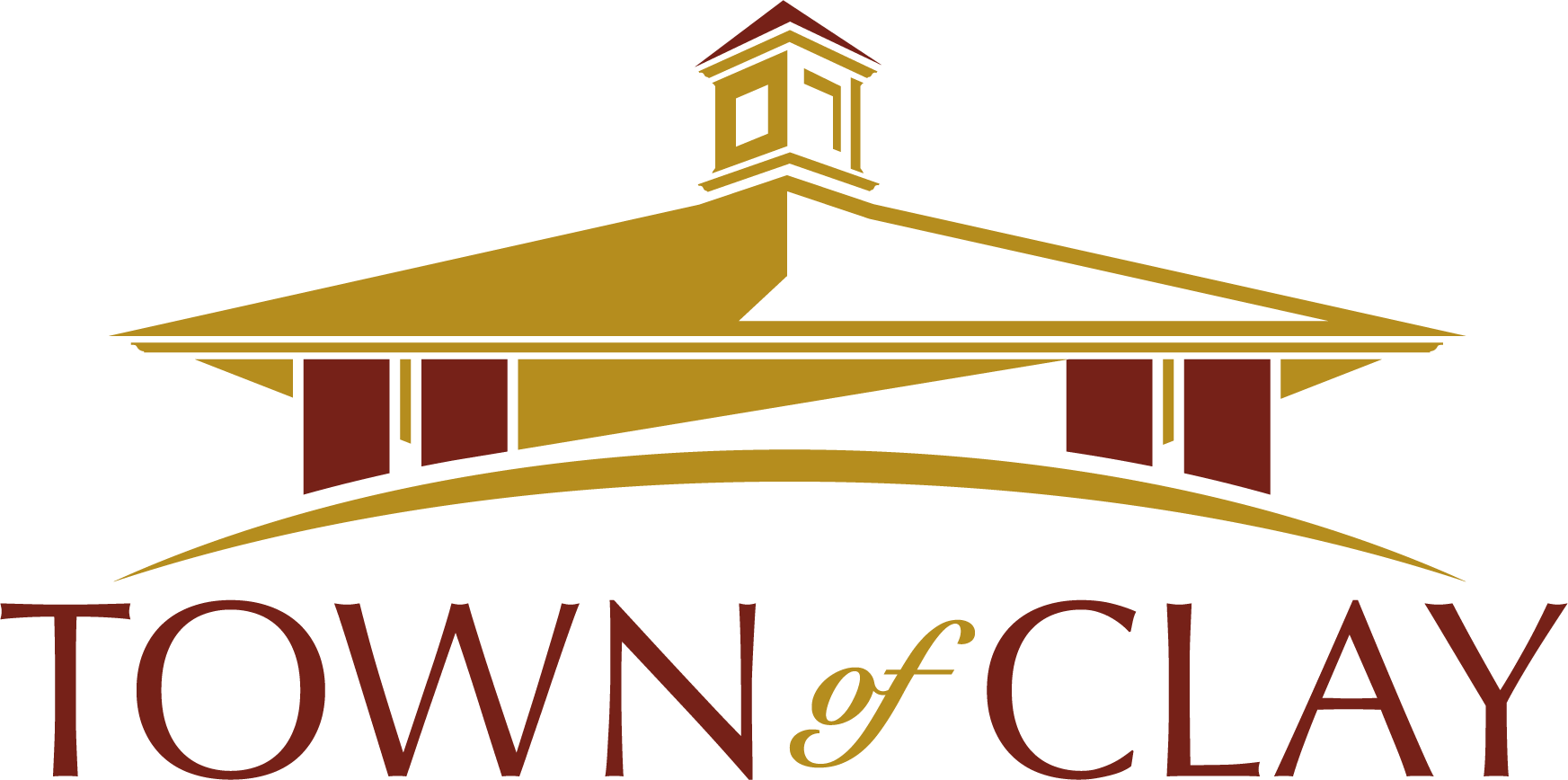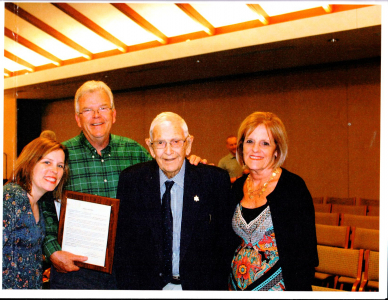Hiram Sharp - Part VIPosted on August 20, 2014 |
Image
|
Hiram Sharp - Part VI - American Patriot in the Australian Colonies*
In his article, Terry Patterson tells of his research to locate the facts of Hiram’s life in Australia. Previous historians had assumed that after he received his ticket of leave and was released that Hiram boarded the U. S. S. “Belle”, which left Van Diemen’s Island on September 2, 1849 and returned home to America. He did work for a while under Captain Ichabod Handy, but left the whaling ship in Sydney, Australia on May 23, 1849. Family oral history recalls he met a newly widowed Irish lady named Mary Ann Black nee Casey with four children. She had arrived in Sydney on a ship bearing her name that was a large floating scow on May 21, 1849. No one knows how they met, but again family oral history says they were married in 1850. No marriage certificate could be found. It may have been in name only as that was common at the time in Australia. The family thought Hiram had been some kind of convict, but no record was found in Australia. His name did show up in records of Van Diemen’s Land as it was a separate entity in the general administration of the convict system. References included: New South Wales Lands Department, Coronial Inquests, and “Account of Sheep at Maneroo”. Hiram and Mary Ann’s first born was Milo Richmond, born on November 21, 1852 and baptized at Nimmitabel, New South Wales on January 25, 1853. They had five children, including a baby girl who died in 1855, the same year as Hiram’s mother, Rebecca, who is buried in Pine Plains Cemetery. Hiram finally found employment on a large sheep station named Bibenluke as a shepherd. His first appointment was at an outstation called “Dog Kennel”. Here there were records of Hiram signing for supplies, payments and of sheep under his care. These were found in the “Burnima Station Records.” He was one of nine to twelve shepherds tending thirteen or fourteen flocks. Only half of the shepherds were literate, Hiram being one who was. It was very hard work tending three to four thousand sheep, especially since there were no fences. The weather ranged from very hot in Summer to freezing and snow in Winter. Since Hiram was from upstate New York, he was used to these conditions. Hiram advanced to work hand in 1852 and to a higher paying job in 1853 as a carrier. By 1857, Hiram and Mary Ann saved up enough to buy 83 acres near Bombala for 83 pounds at a place known as Cranky’s Plains. It is considered one of the best in the district with the Coolumbooka River flowing through it. However, two years after the purchase, Hiram in a state of intemperance, fell from a bullock drawn dray as he was crossing the Coolumbooka River and was killed within sight of his property. He had achieved so much of what he had hoped for: a family and property after going through many trials and tribulations throughout his life. New South Wales records have him in an unmarked grave in Nimmitabel, a day’s travel, but an earlier record has him laid to rest in Bombala Cemetery which is within walking distance of Cranky’s Plains. The family isn’t sure where he is. Hiram’s brother Milo is buried in the same area as his mother, Rebecca, in Pine Plains Cemetery. There is also an 18 month old baby buried here. In another area are Milo’s son and grandson. Milo’s great grandson was the last to leave the family homestead land on Bonstead Road a few months ago. He was the last Sharp to leave by selling his home and moving to another area in Clay. The family in Australia wondered what were Hiram’s reasons for getting involved in the Patriot War. They speculate that maybe his two grandfathers, Nathaniel Richmond and Daniel Sharp, influenced his decision as they had both fought against the British in the Revolutionary War so they were both patriots for the cause of freedom. According to Terry, it was men like Hiram and the patriots that helped gain much for Canada and Australia. After the troubles of the “Patriot War”, some of the British authorities began to reassess how they managed their colonies and it was clear there must be reforms. Terry concludes: “It can be speculated that Hiram could have been hoping to gain land as a reward in helping to overthrow the British. With these intentions unfulfilled in North America, this young man forged another path in another British Colony at the far ends of the earth and helped bring about the form of democracy that both Canada and Australia share and enjoy today.
”+ *“Hiram Sharp, an American Patriot in the Australian Colonies” by Terry Patterson, M.A.,B.Ed.J.P. Article published in AUSTRALIAN CANADIAN STUDIES, Vol. 29 – No. 1-2 – 2011. +ibid. page 36.
Dorothy Heller, Historian
Other
Remember Clay Stories
Susan Avery Bick Remembers Life on Buckley Road
Remembering Clay | May 1, 2012
Just a couple weeks ago, I had the great fortune to come into possession of an original manuscript written by Susan Avery Bick, which she completed just a few months before she passed away entitled “When It Was Country”* This and many…

